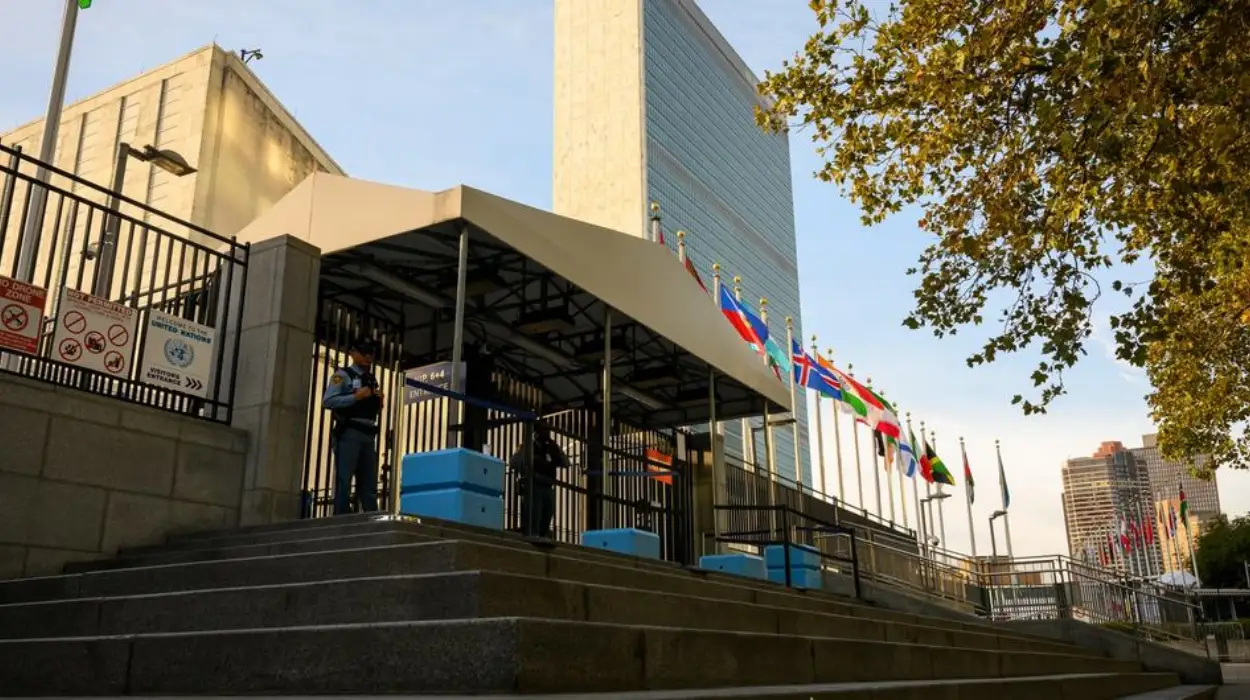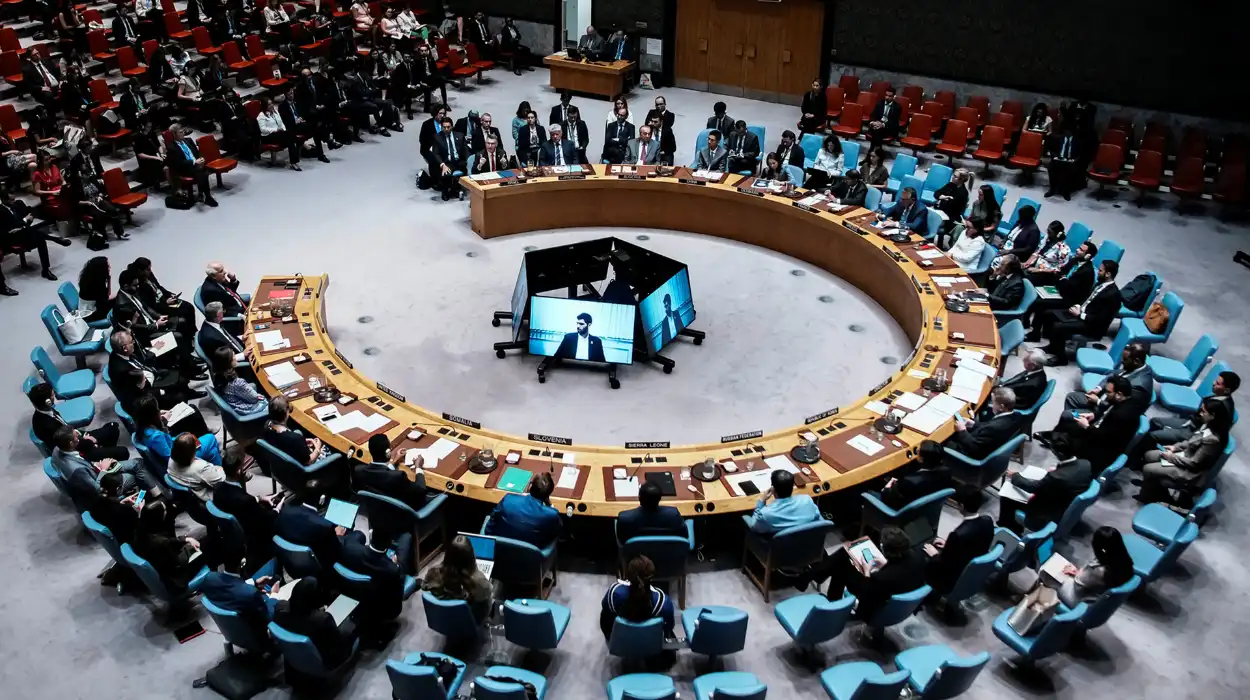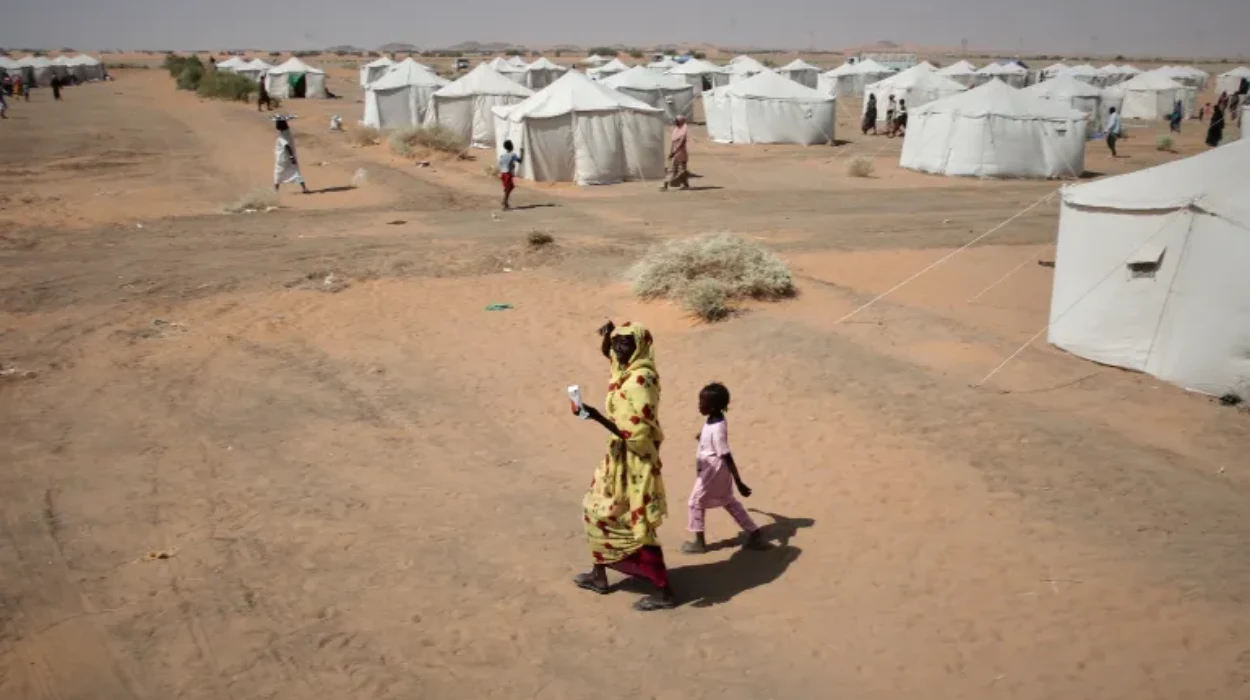The Gaza Strip is currently facing one of the most severe humanitarian crises in recent history, with the entire population of approximately 2.1 million people enduring acute food insecurity amid ongoing conflict and a blockade that has severely restricted the flow of essential goods. The situation has deteriorated sharply since March 2025, when all humanitarian aid and commercial supplies were blocked from entering the enclave, leading to widespread starvation, malnutrition, and a looming famine risk. This analysis explores the scale of food insecurity, the humanitarian impact, official statements, and contextual factors contributing to this crisis.
How severe is the food insecurity and malnutrition in Gaza?
According to the UN World Food Programme (WFP) and partner agencies, most families in Gaza are surviving on just one meal a day, with approximately one-third of the population going entire days without eating. The Integrated Food Security Phase Classification (IPC) snapshot released in May 2025 paints a grim picture: 470,000 people (22% of the population) are in Catastrophe (IPC Phase 5), the highest level of food insecurity, facing starvation and death. Over a million people (54%) are in Emergency (IPC Phase 4), and the remaining 24% are in Crisis (IPC Phase 3), meaning the entire population is experiencing severe food deprivation.
Malnutrition rates have surged, especially among children and vulnerable groups. Since the start of 2025, 18,741 children have been admitted for treatment of acute malnutrition, representing 31% of the estimated 60,000 children in need of treatment. The World Health Organization (WHO) reports that 57 children have already died from malnutrition effects since the blockade intensified, with projections indicating that nearly 71,000 children under five will require urgent nutritional treatment in the coming months. The lack of access to clean water and sanitation further exacerbates health risks, increasing the likelihood of disease outbreaks.
What are the humanitarian impacts beyond food?
The blockade and ongoing conflict have led to widespread displacement, with thousands of families forced to leave their homes and seek refuge in overcrowded shelters. Damage to markets, farms, and supply chains has crippled local food production and availability, driving prices beyond the reach of many families. The destruction of infrastructure essential for water, sanitation, and health services has compounded the crisis, leaving Gaza’s population vulnerable to both hunger and disease.
What are the official statements and calls to action?
Cindy McCain, Executive Director of the UN World Food Programme, stated:
“Families in Gaza are starving while the food they need is sitting at the border. We can’t get it to them because of the renewed conflict and the total ban on humanitarian aid imposed in early March. It’s imperative that the international community acts urgently to get aid flowing into Gaza again. If we wait until after a famine is confirmed, it will already be too late for many people.”
A WFP spokesperson further emphasized:
“The situation in Gaza is dire. Families are struggling to feed themselves, with many surviving on a single meal a day and some going without food for days. Immediate humanitarian access and ceasefire are critical to prevent a further deterioration of the crisis.”
UN Secretary-General António Guterres has repeatedly urged all parties to respect international humanitarian law and protect civilians, calling for a sustainable ceasefire to allow aid delivery and prevent further loss of life.
What contextual factors have led to this crisis?
The Gaza Strip has been under a blockade for over a decade, severely restricting the flow of goods and people. This chronic restriction has contributed to persistent humanitarian challenges, including poverty, unemployment, and food insecurity. The recent escalation in hostilities, including Israeli airstrikes and ground operations, has caused extensive damage to infrastructure, further limiting access to essential services and supplies.
Since March 2, 2025, all humanitarian aid and commercial supplies have been blocked, leading to the depletion of food stocks and medical supplies. The IPC report warns that without immediate intervention, food insecurity, acute malnutrition, and mortality levels will surpass famine thresholds in the coming months.
Humanitarian crisis in Gaza
The Gaza Strip is currently facing a dire humanitarian crisis that has reached alarming levels, threatening the lives and well-being of its approximately 2.1 million residents. The combination of a longstanding blockade, ongoing conflict, and widespread destruction of critical infrastructure has created a perfect storm of acute food insecurity, malnutrition, and deteriorating health conditions. This crisis is not only a result of immediate hostilities but also the cumulative effect of years of restrictions and deprivation that have left Gaza’s population vulnerable and dependent on external aid.
Food insecurity in Gaza has reached catastrophic proportions. Most families are surviving on just one meal a day, and an estimated one-third of the population endures entire days without eating. According to the UN World Food Programme (WFP) and partner agencies, food supplies are critically low, and the blockade has severely limited the availability and distribution of essential goods, including food, water, and medical supplies. The Integrated Food Security Phase Classification (IPC) report from May 2025 reveals that 22% of Gaza’s population—about 470,000 people—are in Catastrophe (IPC Phase 5), meaning they face starvation and death. Over half the population is in Emergency (IPC Phase 4), and the rest are in Crisis (IPC Phase 3), underscoring the widespread nature of the food crisis.
Children and other vulnerable groups bear the brunt of this humanitarian disaster. Malnutrition rates have surged, with nearly 19,000 children admitted for treatment of acute malnutrition since early 2025. Tragically, 57 children have already died from malnutrition-related causes, and projections indicate that nearly 71,000 children under five will require urgent nutritional treatment in the coming months. The lack of access to clean water and adequate sanitation further exacerbates health risks, increasing the likelihood of disease outbreaks that could compound the already devastating effects of hunger.
The destruction of infrastructure—including hospitals, water treatment plants, and markets—has further crippled Gaza’s ability to provide basic services and sustain its population. Displacement is widespread, with thousands of families forced to flee their homes and seek refuge in overcrowded shelters, where conditions are often unsanitary and unsafe. The blockade has prevented the entry of essential humanitarian aid and commercial goods since March 2025, worsening the crisis and pushing Gaza closer to famine.
International organizations and UN officials have repeatedly called for immediate and sustained humanitarian access to Gaza. Cindy McCain, Executive Director of the WFP, emphasized the urgency: “Families in Gaza are starving while the food they need is sitting at the border. We can’t get it to them because of the renewed conflict and the total ban on humanitarian aid imposed in early March. It’s imperative that the international community acts urgently to get aid flowing into Gaza again.” The UN Secretary-General has also urged all parties to respect international humanitarian law and protect civilians, calling for a sustainable ceasefire to facilitate aid delivery.
Without swift and coordinated international action, the humanitarian crisis in Gaza will deepen, with devastating consequences for millions of people. The lifting of blockades, cessation of hostilities, and unhindered access for humanitarian aid are essential to prevent a full-scale famine and mitigate long-term health consequences. The world faces a moral imperative to act decisively to alleviate the suffering and preserve the lives of Gaza’s most vulnerable populations.









